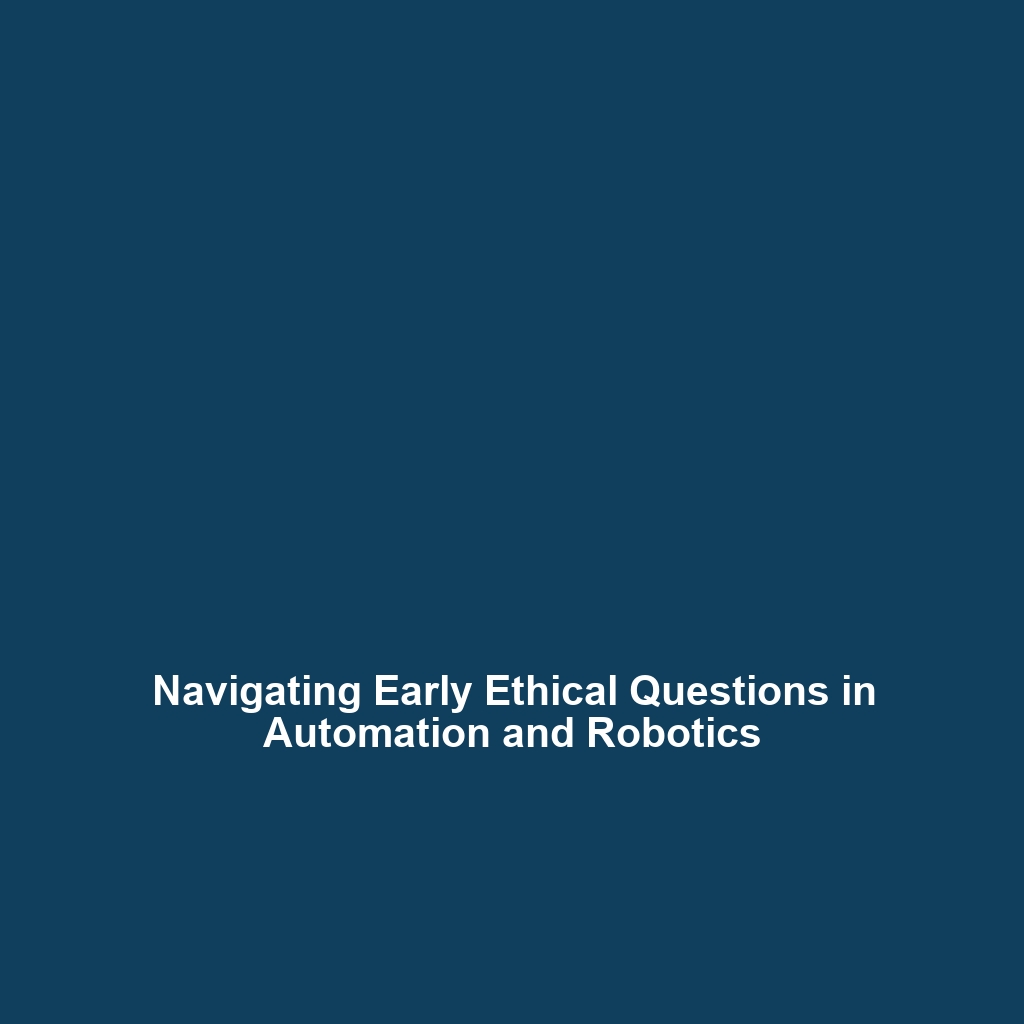Case Studies: The 2018 Controversy of the First CRISPR-Edited Babies in China
Introduction
The 2018 controversy regarding the first CRISPR-edited babies in China marked a watershed moment in the field of CRISPR gene editing. This landmark case raised critical ethical questions and sparked global debate about the future of gene editing technology. As researchers continue to explore the capabilities of CRISPR/Cas9, understanding the implications of this event is crucial for navigating the complex landscape of genetic engineering. This article dives into the nuances of the case, exploring its significance within the broader context of CRISPR.
Key Concepts in CRISPR Gene Editing
The CRISPR/Cas9 Mechanism
CRISPR, an acronym for Clustered Regularly Interspaced Short Palindromic Repeats, utilizes a natural defense mechanism found in bacteria to target and edit specific genes. The CRISPR/Cas9 technology can effectively alter DNA sequences, making it a revolutionary tool within genetics.
The 2018 Case Overview
In November 2018, Chinese scientist He Jiankui announced that he had successfully edited the genomes of embryos to create twin girls resistant to HIV. This bold assertion initiated a global uproar questioning the ethical and scientific implications of editing human embryos—a first in the realm of human gene editing.
Applications and Real-World Uses
While the 2018 controversy brought significant attention to the ethical concerns surrounding CRISPR gene editing, it also showcased potential applications, including:
- Genetic Disease Treatment: CRISPR offers prospects for addressing inherited disorders by correcting genetic mutations.
- HIV Resistance: The case specifically highlighted research in combating HIV through genetic modification.
- Research Advancements: It propelled further investigation into gene therapy applications in clinical settings.
Current Challenges
Despite its promise, the incident has illuminated the following challenges in studying and applying CRISPR technology:
- Ethical Dilemmas: Concerns regarding the morality of human genome editing persist, especially in relation to potential long-term consequences.
- Technical Limitations: Challenges remain in ensuring precise editing without off-target effects.
- Regulatory Scrutiny: The need for comprehensive regulations on gene editing technology is more urgent than ever.
Future Research and Innovations
The controversial case opened avenues for future research and innovations aimed at refining CRISPR technology. Potential breakthroughs include:
- Next-Generation CRISPR: Research is ongoing to develop newer, more accurate CRISPR systems.
- Ethics in Gene Editing: Initiatives are emerging to establish robust ethical guidelines and standards in human gene editing.
Conclusion
The 2018 controversy of the first CRISPR-edited babies in China remains a pivotal moment in history, underscoring the complexities and ethical considerations surrounding CRISPR gene editing. As we move forward, it is essential to foster discussions on responsible use and governance of gene editing technologies. For more insights on CRISPR applications and advanced genetic research, visit our related topics page.







